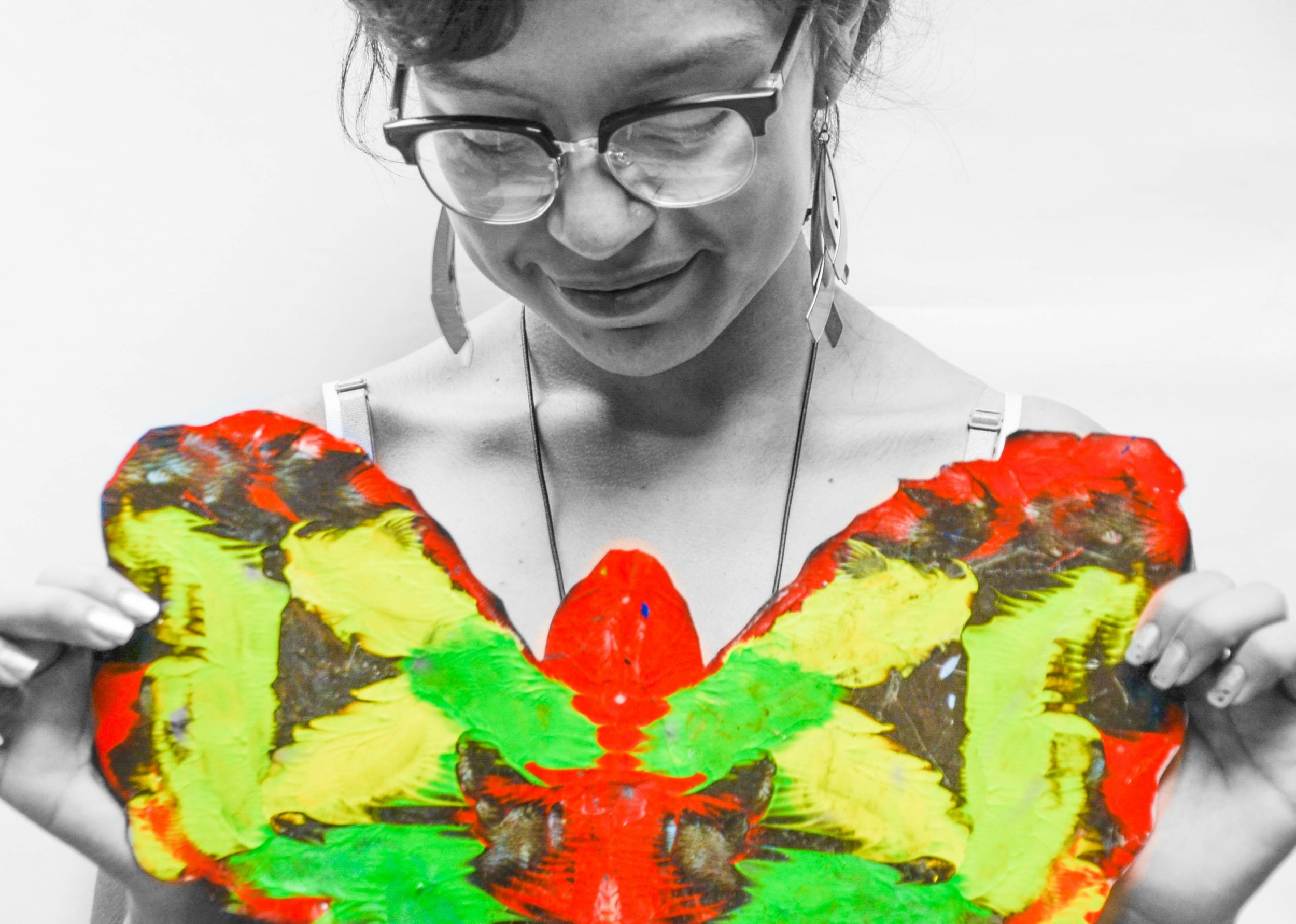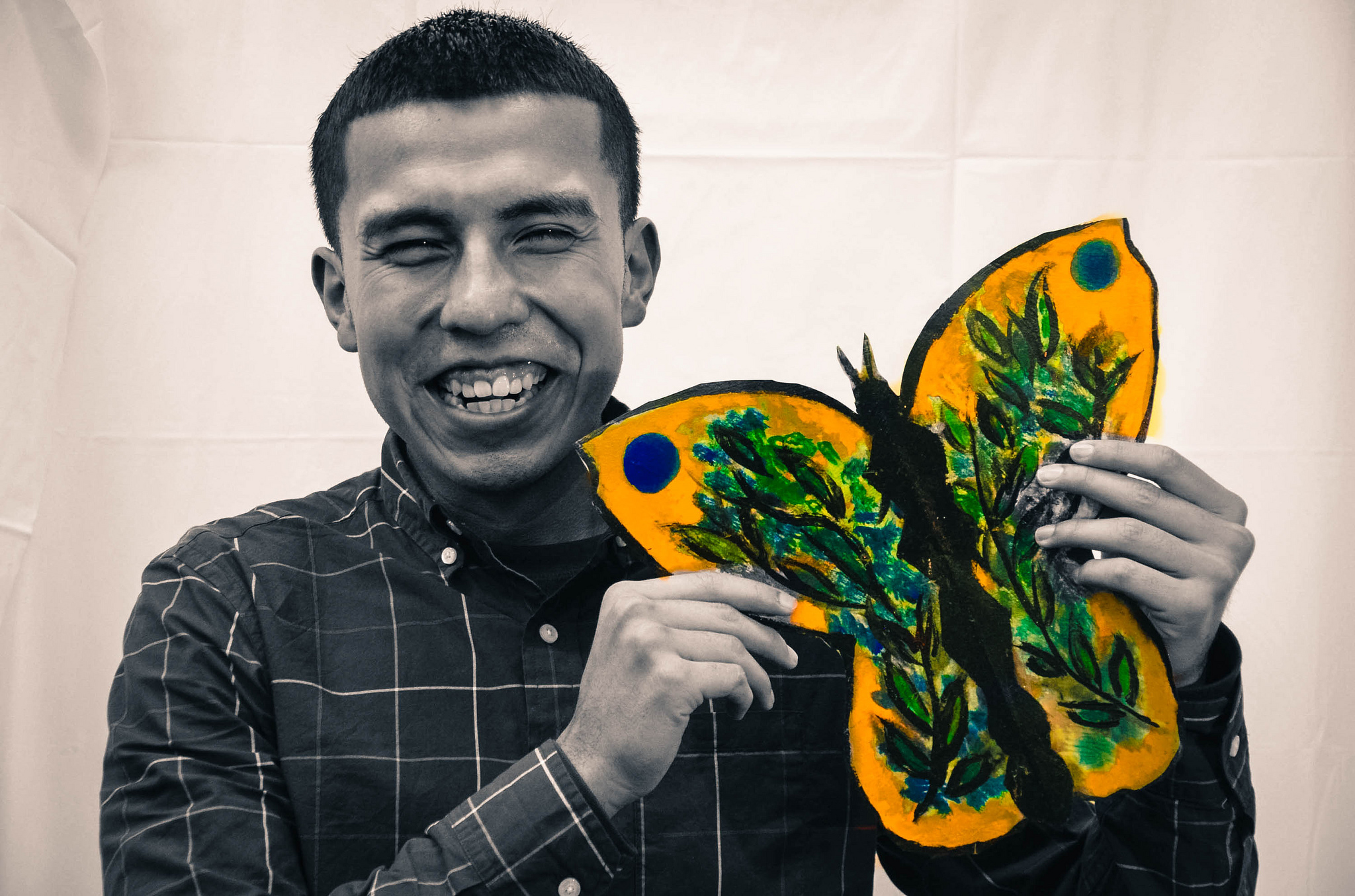The monarch butterfly is easily recognized for its unique coloring—fleshy fingers of orange delicately spotted with amber and trimmed in velvety black like a stained glass window. However, it is perhaps most popular for the impressive long journey many embark upon the North American continent. The monarch is the only known butterfly to make two-way migrations, although it takes them several generations to complete the journey as some have a shorter life span than others. Every fall, thousands of monarchs leave the north and east braving harsh weather and imposing mountain ranges until they arrive to warmer pastures in Mexico, southern California, and Central America. At night, they cluster together in trees protecting each other from wind and predators. These roosting points—intuitively sacred grounds—are used again and again by other generations that have never been there before. In the summer, they return together to the north. After laying eggs for a new group of butterflies to initiate the next cycle, this migratory unit dies.
The parallels between migrants in North America and the monarch butterflies are striking. Most obvious is the similarity in the actual geographic route of these creatures of flight and so many migrants from Latin America who search for safer and healthier places to lay a strong foundation for the next generation. Likewise, we can compare the migration of birds from the U.S. south to the north with the Great Migration of African-Americans throughout most of the 20th century. All of these journeys—in flight and on foot—from unsavory conditions to the promise of something better and just within reach are synonymous with one pursuit: survival. The migration of the monarch reminds us that we must keep moving, intuitively recalling the actions of our ancestry and those trails that were created out of necessity. It symbolizes the significance of never forgetting those who came before in order to secure our futures.
Support Dream 9
This project was also a timely and necessary address to the situation of the DREAM 9, a group of undocumented activists that during the summer of 2013 courageously demonstrated against the state of immigration policy in the U.S. These nine activists, including UIC student Lulú Martínez, crossed the Mexico-U.S. border in yet another ceremonious representation of the perils and power of migration. They were held at the Eloy Detention Center in Arizona. There, some were kept in solitary confinement which prompted the group to launch a hunger strike. National attention and support pushed authorities to release the entire group after being detained for over two weeks. They have become beacons of hope for a just immigration reform for millions.
ACTION PROJECT
The interns in collaboration with student organization Fearless Undocumented Alliance (FUA) created the Butterfly Postcard Campaign to highlight the parallels between the migration of people and Monarch butterflies across national borders. The Latino Cultural Center uses the postcards to collect stories about migration and immigration.







